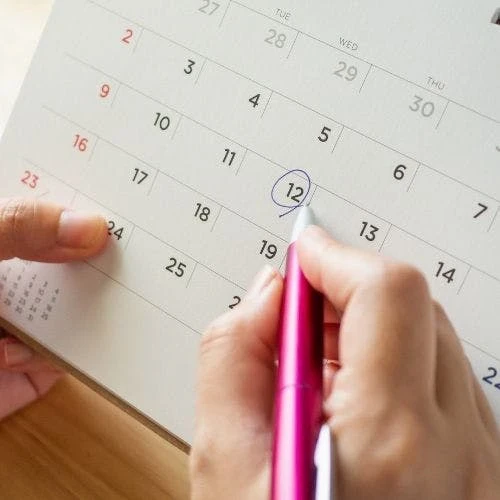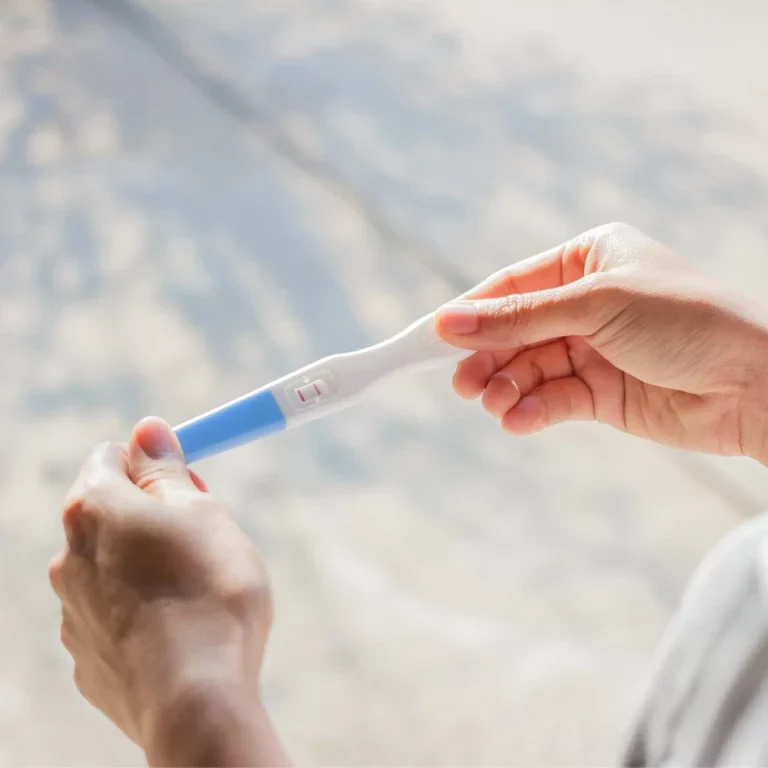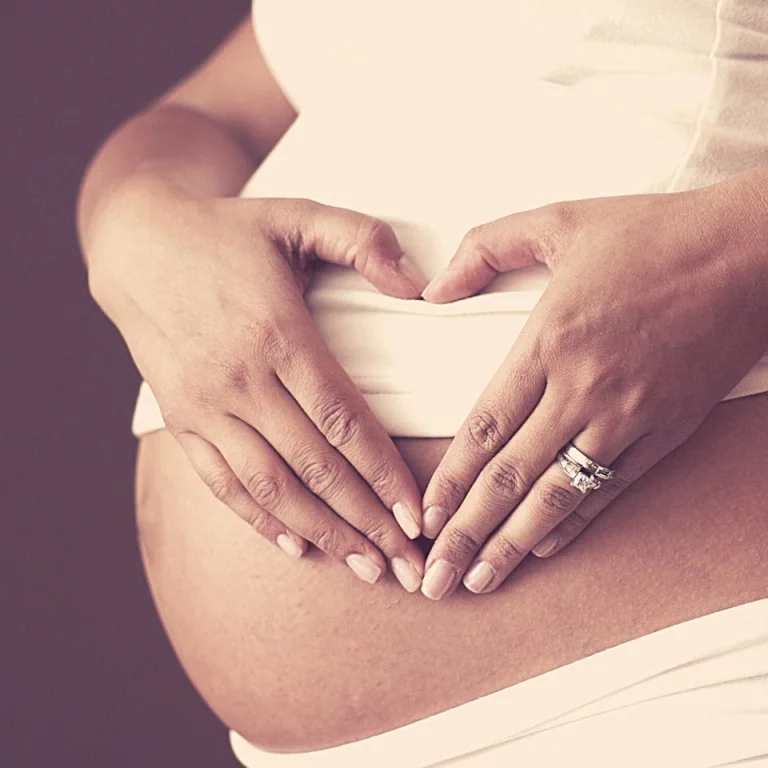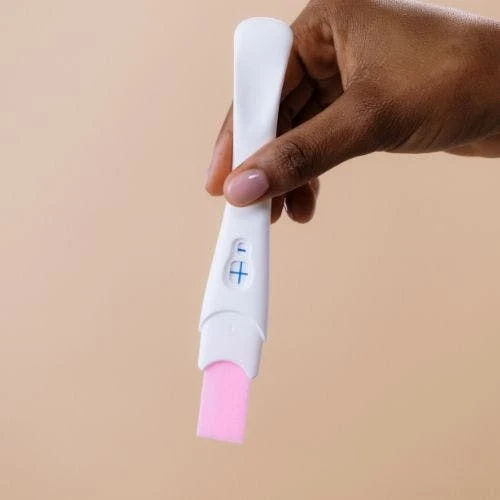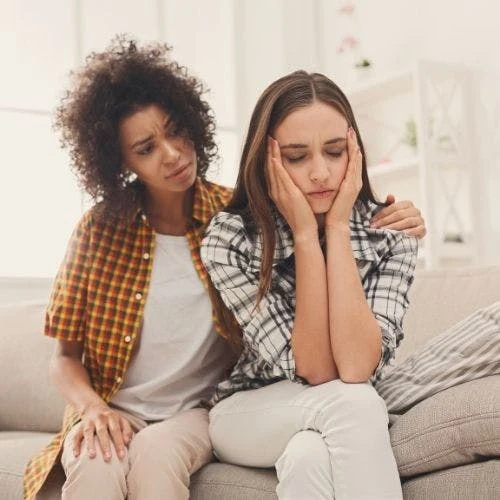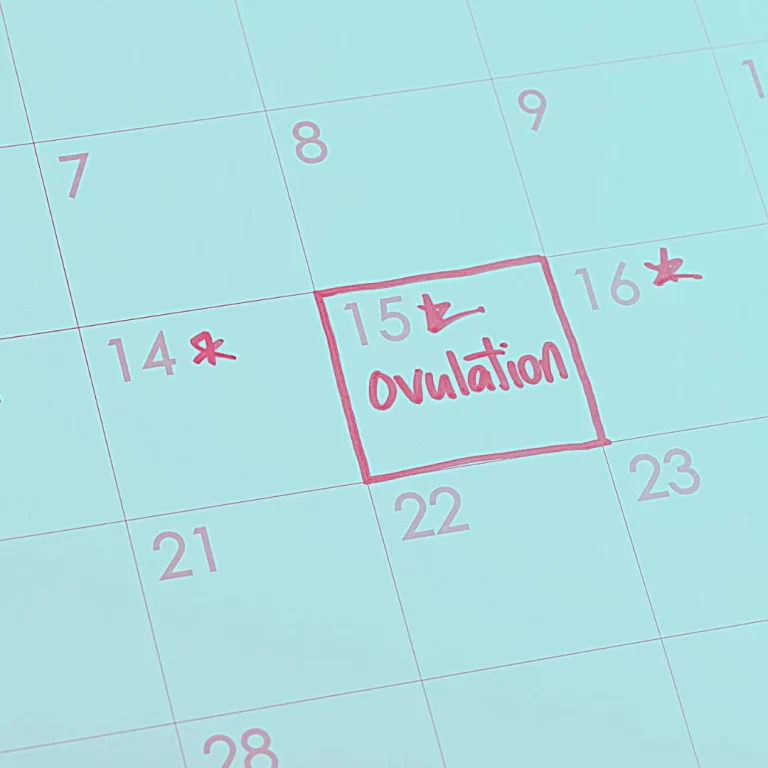How Many Eggs Does a Woman Have?
Before anything else, here’s a bit of knowledge about female eggs. Immature eggs are called oocytes, which rest in follicles in the ovaries until they start maturing. Follicles are fluid-filled sacs containing an immature egg.
Oocytes will then grow to become an ootid, further developing to an ovum (the plural word is ova), or a mature egg. For now, I’ll continue referring to them as eggs or oocytes.
Female babies are already born with ALL egg cells they will ever have. There will be NO new egg cells produced throughout your lifetime. When a fetus is still early in development, it will already have 6 million eggs!
The number of eggs is reduced upon birth, so the female baby will have around 1-2 million eggs.
If that’s the case, why don’t babies begin the menstrual cycle?
This is because the cycle will be put on hold until girls hit puberty, which would begin after the hypothalamus in the brain produces the gonadotropin-releasing hormone. The hormone will stimulate the pituitary gland, producing follicle-stimulating hormones. This is what will initiate egg development, causing one’s estrogen levels to increase.
What Happens After Puberty?
Once girls reach puberty, they will have around 300,000-400,000 eggs. But wait, that’s far less than the 1-2 million eggs estimated during birth! What happened?
Related: Where Are Your Ovaries?
Before puberty, over 10,000 eggs die every month. With that in mind, the number of eggs dying each month will decrease after puberty. After they begin their menstrual cycle, girls will lose around 1,000 immature eggs monthly, or about 30-35 eggs a day.
There is no known cause as to why egg cells die, but what’s sure is that it isn’t influenced by factors we can control. However, smoking is shown to accelerate egg loss, along with certain chemotherapies and radiation.
When follicles mature, they will become sensitive to hormones during your menstrual cycle. They won’t all be winners though, as only one egg will ovulate, at least.
What Happens After Our 30s and 40s?
When one reaches her 30s, the fertility rate will start decreasing, declining further as she reaches 37 years old. Once she’s 40, she will have only about 3% of her pre-birth egg supply. As you hit your 40s and 50s, your fertility will begin to decrease because of the fewer eggs left.
When you run out of egg supply, the ovaries will stop making estrogen, and this is when you go through menopause. The time menopause occurs depends on the number of eggs you’re born with. If you were born with more eggs, then you’ll still be able to have biological children naturally up to your late 40s!
However, this also depends on the quality of your eggs, which would decrease as you age.
Learning more about the number of egg cells women have can be very helpful if you are trying to get pregnant (or avoid it). Now that you know more about it, you’re equipped with the proper knowledge to discuss your options with your doctor.
We discuss products we think are useful to people. If you buy something through our links, we may earn a commission. Remember to check with your personal physician to see if a product recommended is right for you.



